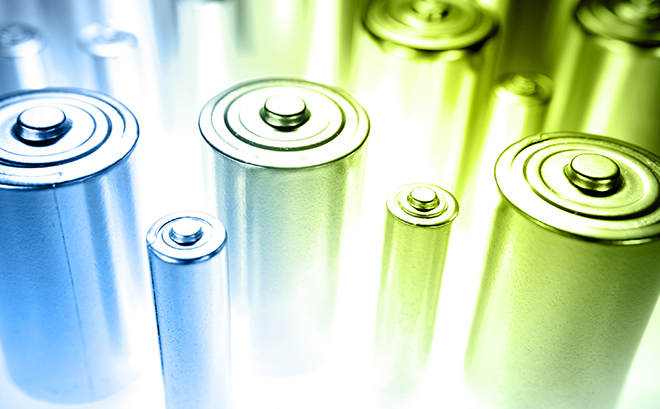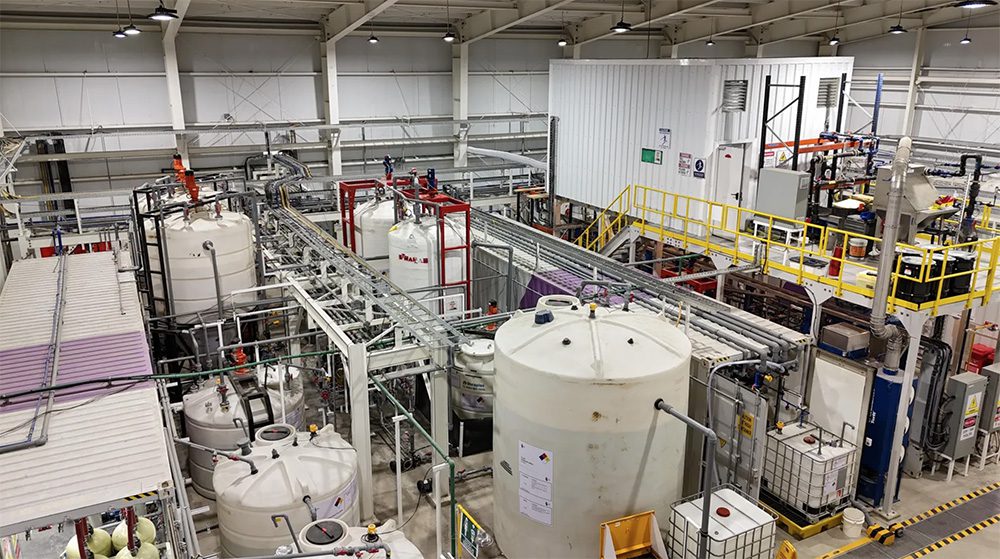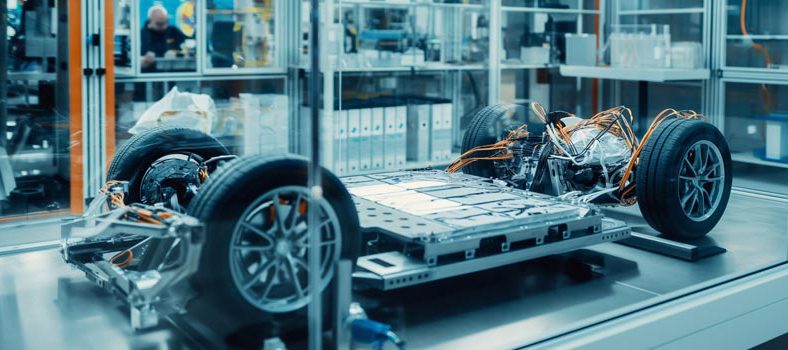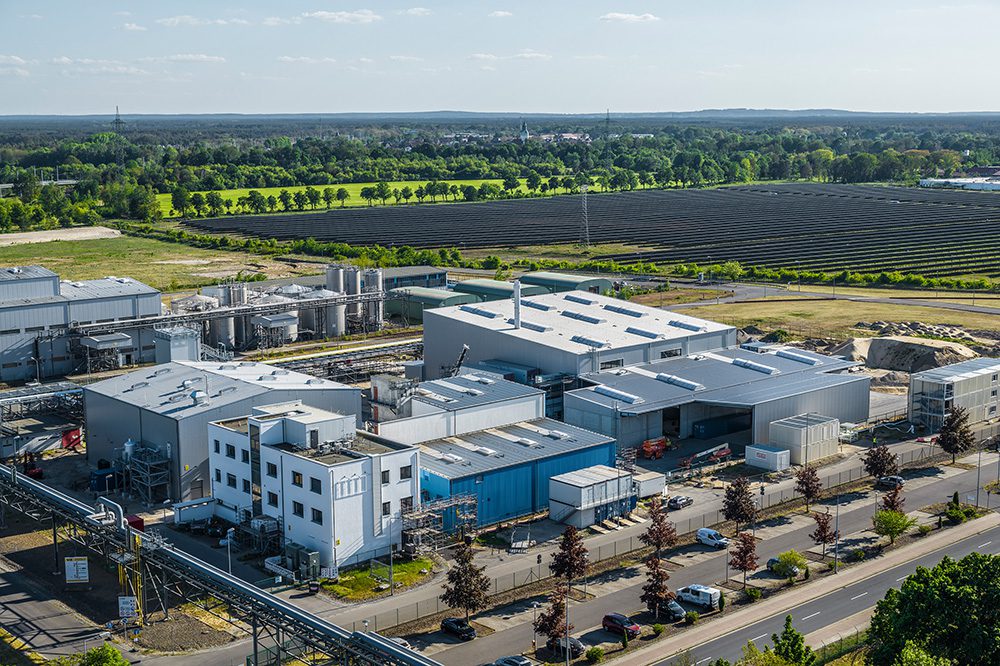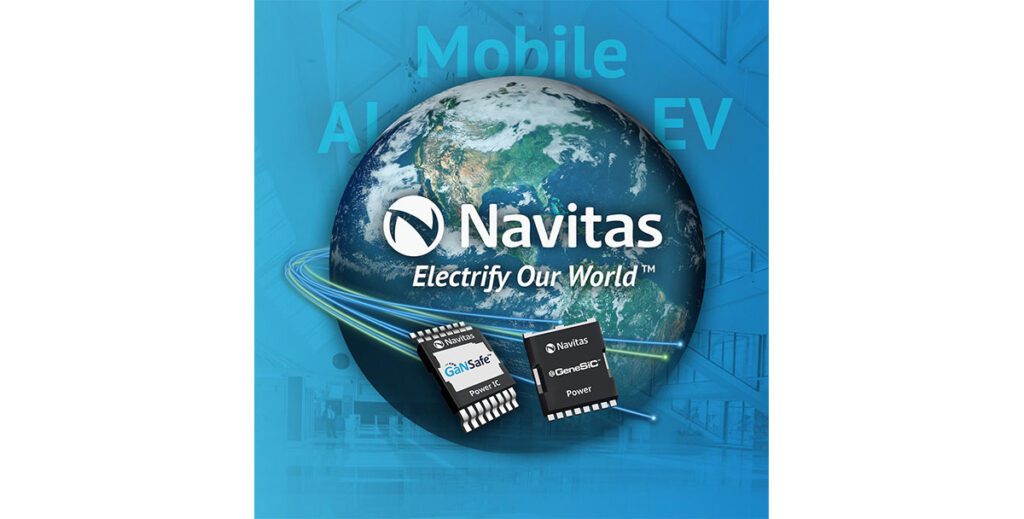Just one word for you: nickel. That’s the gist of a new report from the metals and minerals research firm Roskill. In its latest ten-year market outlook, Roskill predicts nickel consumption will rise by almost 4% per year, driven by increased consumption by stainless steel producers and by growth in demand in the automotive battery sector.
Roskill expects sales of legacy ICE cars to decline, until by 2027, plug-in vehicles will account for some 30% of total sales. Hybrids, 48 V mild hybrids and 12 V micro-hybrids will also continue to gain market share, so that by 2027, nearly 70% of new cars will have some form of electrification.
Hybrid vehicles such as the Toyota Prius have been an important market for nickel metal hydride (NiMH) batteries. Most (but not all) types of lithium-ion battery also contain nickel. According to Roskill, one way of increasing the energy density of lithium-ion batteries is to increase the concentration of nickel in the cathode, a trend that could give demand for nickel a further boost.
Primary nickel demand in the battery sector is forecast to rise by more than 20% per year between 2017 and 2027, to over 500 kilotons per year. The corresponding growth in supply is expected to come mainly from China and Indonesia. In recent years, Chinese producers have been investing heavily in nickel pig iron plants in Indonesia. In 2014, the Indonesian government banned the export of unprocessed ores in order to stimulate domestic investment. The tactic was successful: between 2014 and 2017, Indonesian primary nickel production rose from 24 kt to over 170 kt, and Roskill expects it to reach 550 kt by 2027.
Source: Roskill via Green Car Congress







